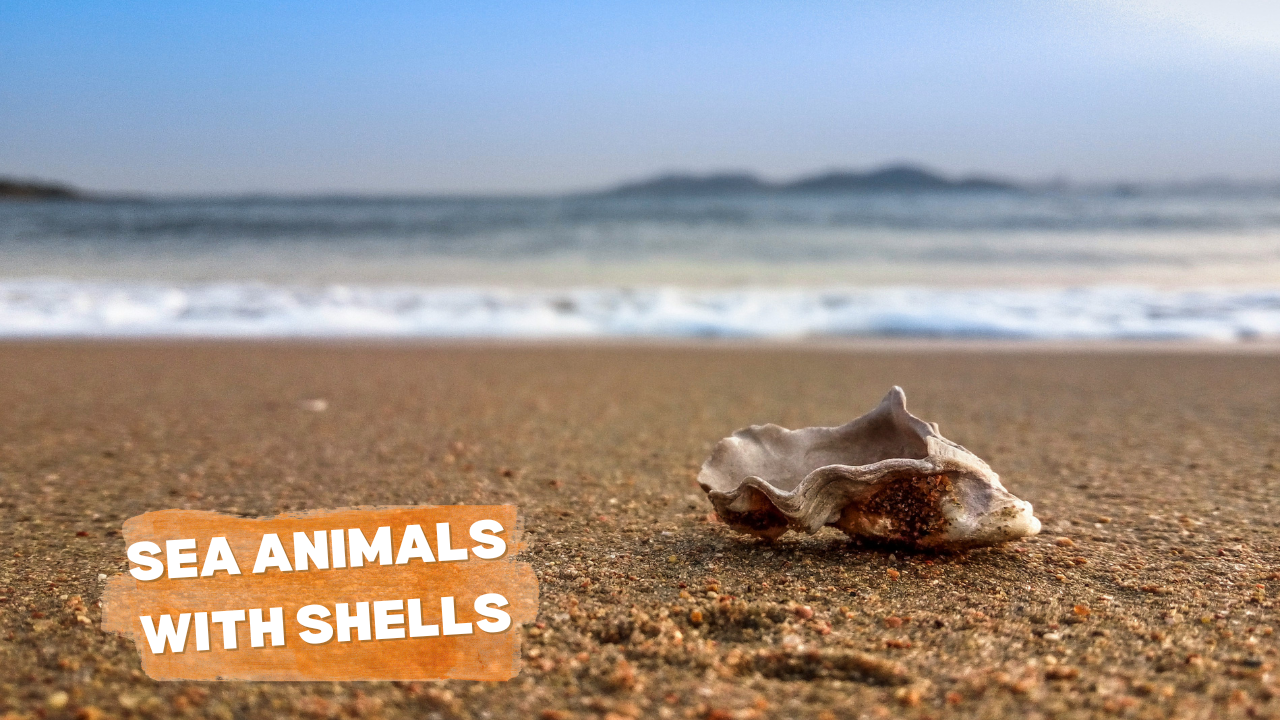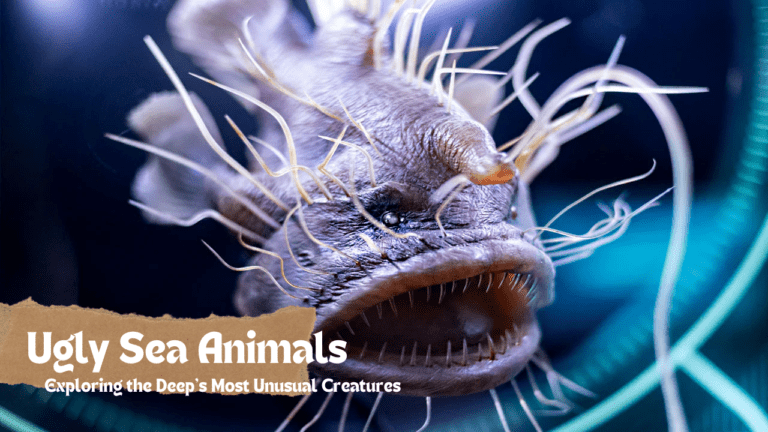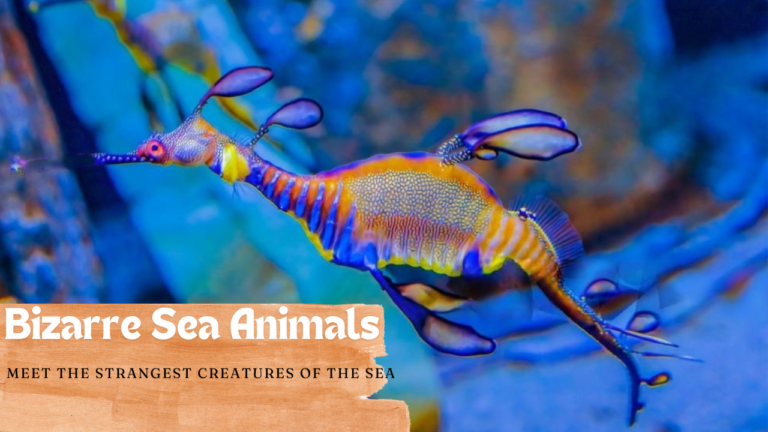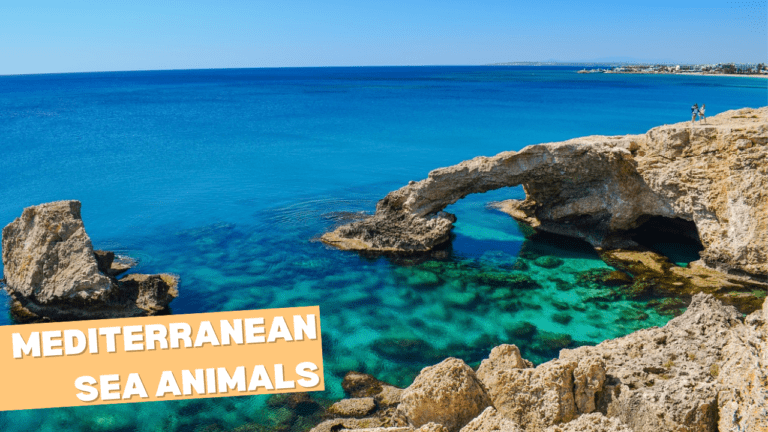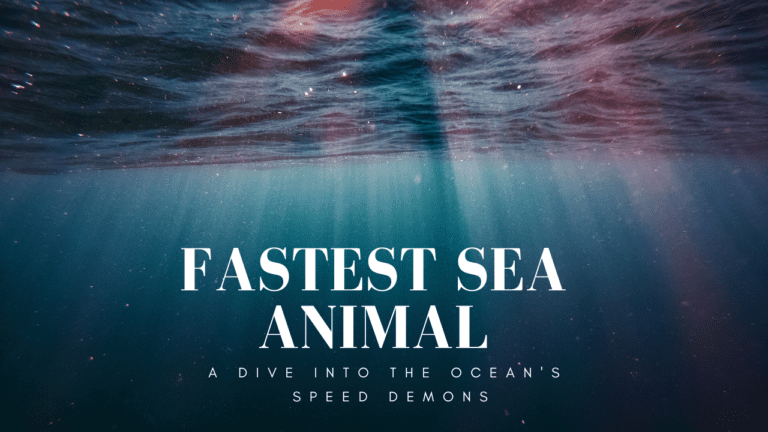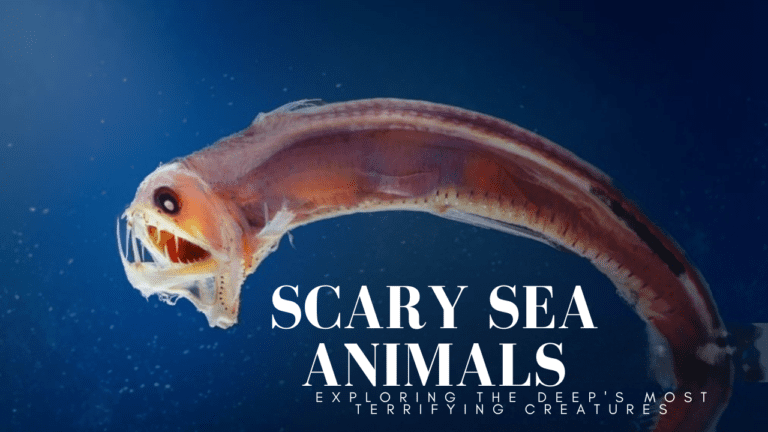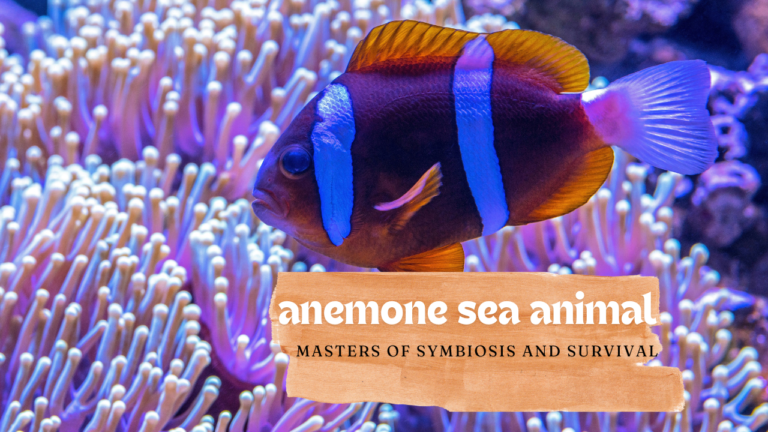9 Sea Animals With Shells
Hey, have you ever wondered about the bustling life beneath the waves of our vast oceans? Today, let’s dive deep and explore some of the most fascinating sea animals that wear shells as their homes or armor. From the sandy ocean floors to the colorful reefs, these creatures add a touch of magic to the marine world. Ready for an underwater adventure? Let’s get started!
1. Sea Turtles: The Graceful Giants
First up are the sea turtles, those gentle giants gliding through the ocean currents. Did you know that, unlike other shelled animals, a sea turtle’s shell is part of its skeleton? It’s called a carapace, and it’s a critical part of their body that protects them from predators and harsh environments. These creatures can be found in almost every ocean basin throughout the world, making their long-distance migration routes one of the most impressive feats in the animal kingdom!
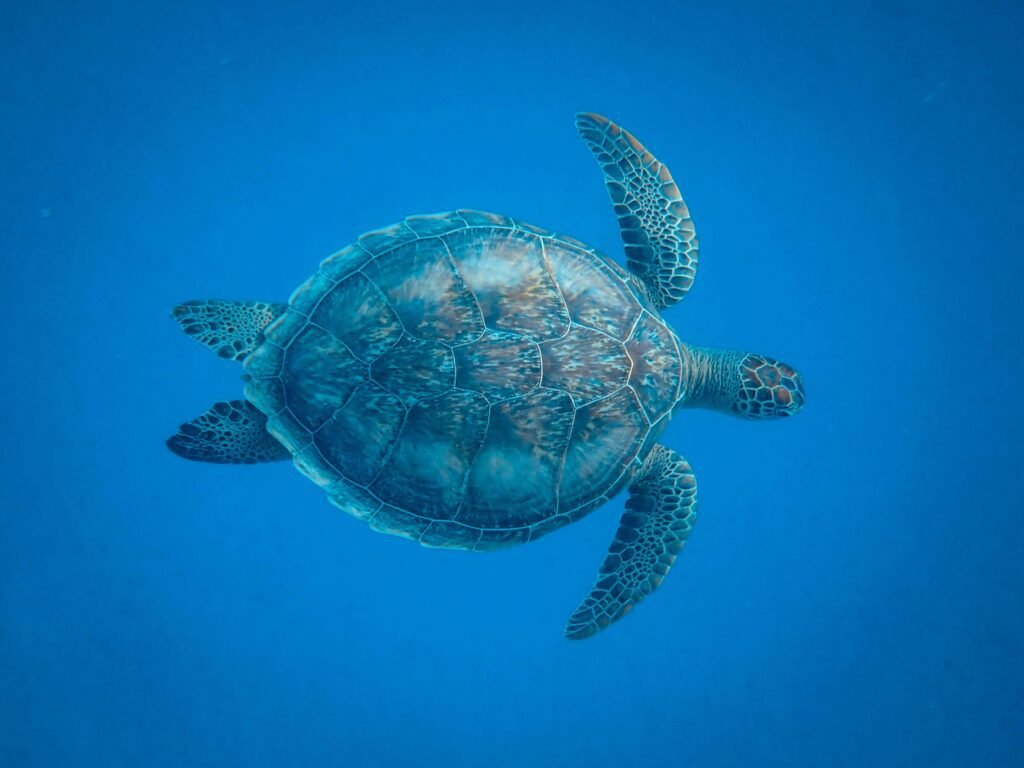
Sea Turtle Shells (Carapace)
Sea turtles have a distinctive shell called a carapace, which is an integral part of their skeleton. This shell is made up of over 50 bones fused, including the spine and rib cage, which gives it extraordinary strength and protection. The outer layer of the carapace is covered with scutes made from keratin (the same material as your fingernails!) which help shield them from predators and rough ocean conditions.
2. Nautilus: The Living Fossil
Moving on to a real oddball, the Nautilus. These creatures have barely changed in millions of years—earning them the nickname “living fossils.” Their shells are spiral and beautiful, sectioned off into chambers that they use to control their buoyancy in water. Isn’t that neat? Nautiluses are deep-sea wanderers, often dwelling in the twilight zone of the ocean, where light begins to fade.
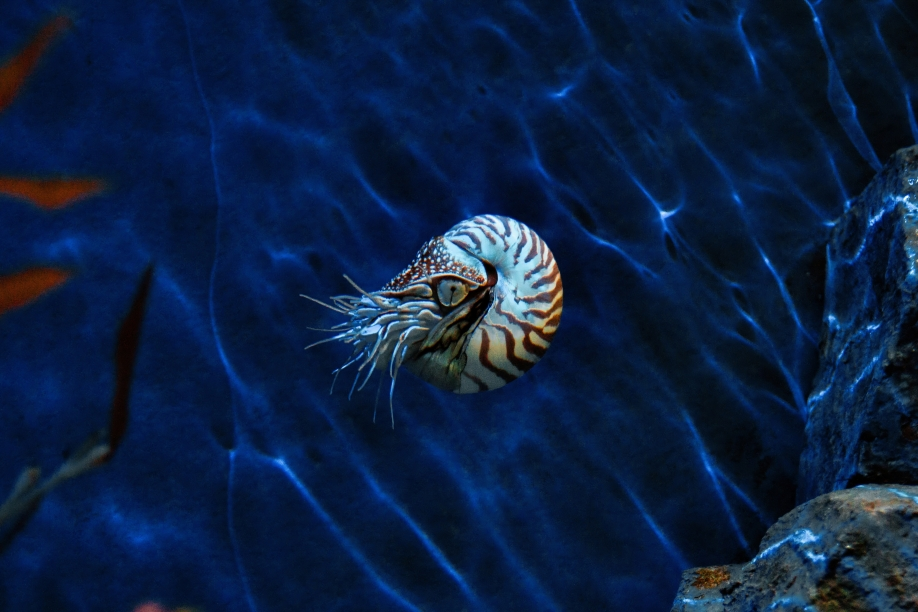
Nautilus Shells
The shell of a nautilus is one of nature’s marvels, featuring a logarithmic spiral to accommodate growth without changing shape. This shell is divided into chambers that the nautilus can fill or empty with gas to help it float or sink in the water. The shell’s interior is lined with mother-of-pearl, and its external surface can show beautiful patterns that camouflage it from predators.
3. Hermit Crabs: The Resourceful Wanderers
Ah, the hermit crabs, the quirky scavengers of the sea. Unlike most shelled animals, hermit crabs don’t grow their shells. Instead, they find empty snail shells to live in, and when they grow, they have to find a bigger one to switch into. Talk about moving day! This shell-swapping is crucial for their survival, as it protects from predators and environmental elements.
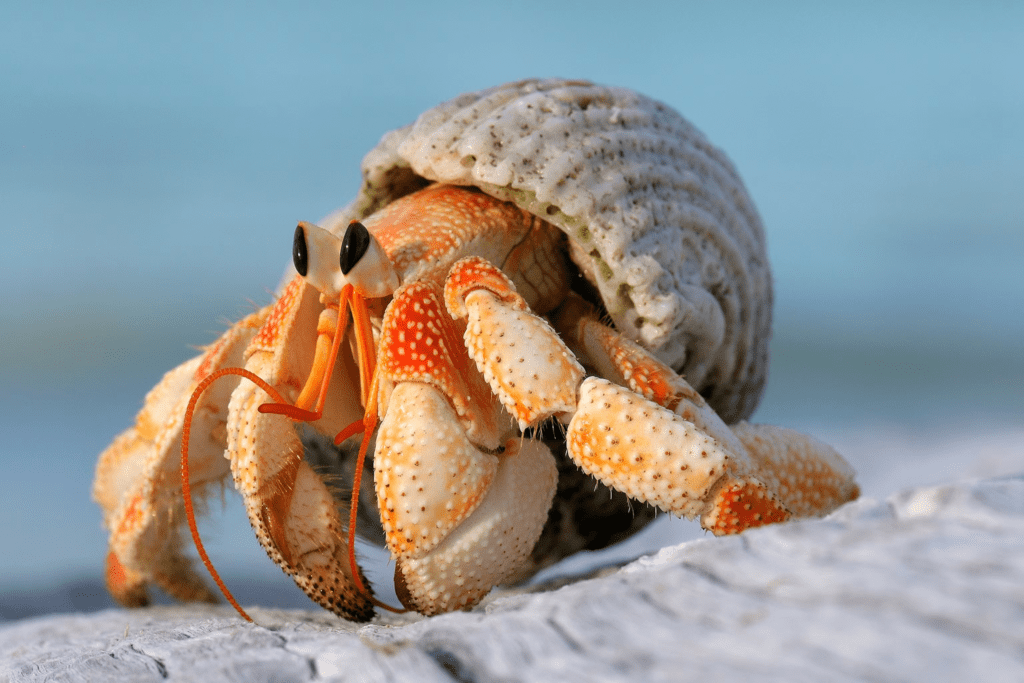
Hermit Crab Shells
Hermit crabs are unique because they don’t produce their shells. Instead, they scavenge for shells left behind by snails and other mollusks. As they grow, they need to find larger shells, which leads to a competitive search among individuals. The shell not only protects their soft abdomens but also helps regulate their moisture, which is vital for their survival.
4. Conchs: The Sea Snails with a Twist
Ever heard a shell by your ear and thought you could hear the ocean? Well, conchs are one type of sea snail that creates these large, spiral shells. They use their muscular foot to dig into the sand and glide along the sea floor. Conchs are not just pretty; they play a vital role in the ecosystem by cleaning up detritus and dead plants.
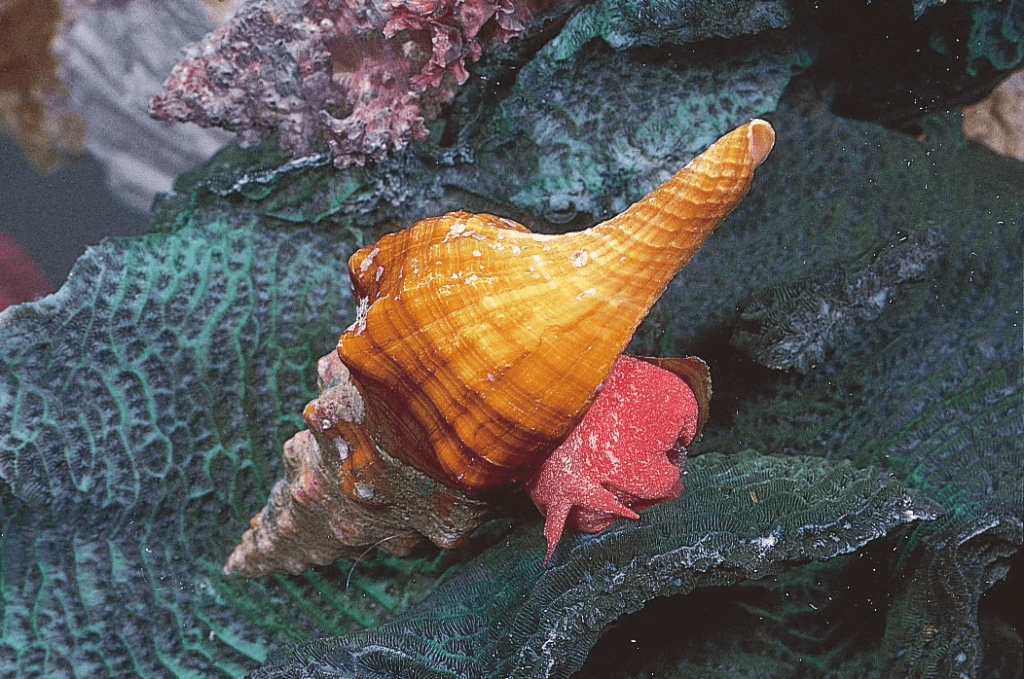
Conch Shells
Conch shells are easily recognizable by their high spires and glossy pink or orange interior. These shells are incredibly tough, made of calcium carbonate, and can protect the conch against predators and rough environments. The conch uses its muscular foot to burrow into sand and to propel itself forward, while the shell remains a steadfast protective barrier.
5. Scallops: The Eyes All Around
Scallops might just have the best vision in the shell game. These bivalves have dozens of tiny, blue eyes along the edge of their shells, helping them detect light, motion, and predators. They can swim by clapping their shells together to jet through the water—pretty cool, right?
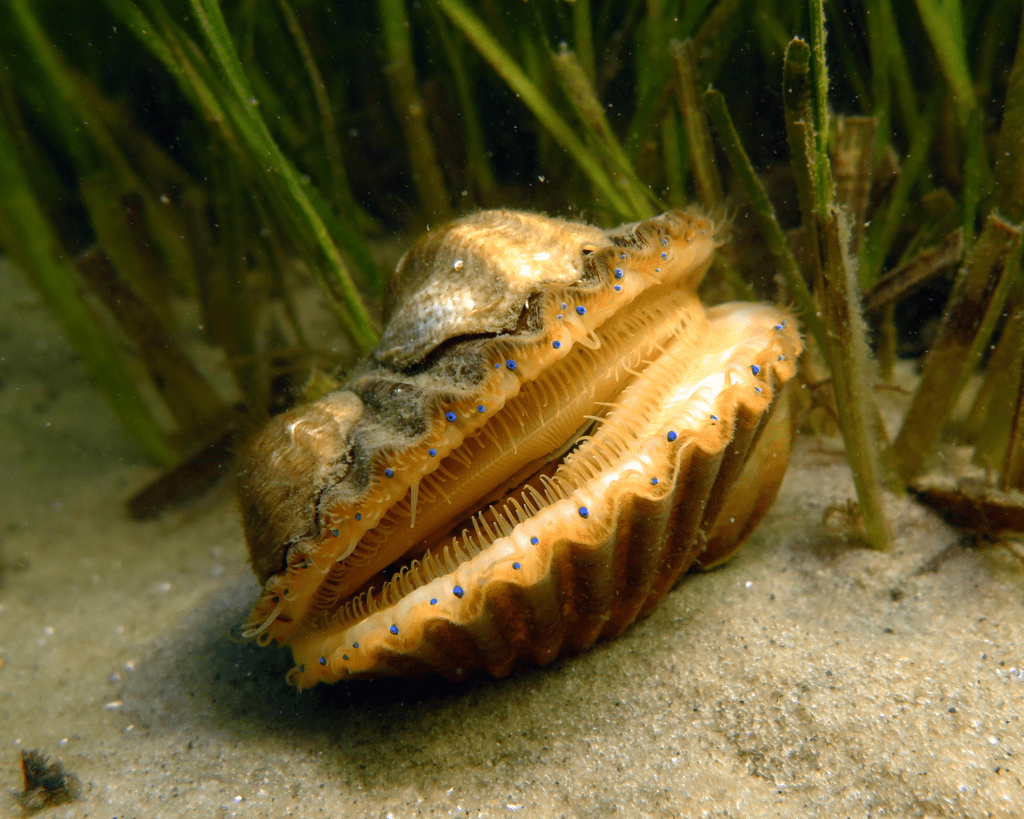
Scallop Shells
Scallops possess two hinged shells that can open and close. Unlike other bivalves, scallop shells are fluted with several ridges and can be quite colorful, displaying patterns of red, pink, brown, and white. These ridges and the overall shape of the shell help streamline the scallop for swimming.
Dive deeper into the wonders of the ocean with Sea Universe, exploring everything from 10 Oldest Sea Animals to the mysteries of the deep sea.
6. Oysters: The Treasure Keepers
Now, let’s talk about oysters, those hard-working filter feeders. An oyster can filter over 50 gallons of water a day, which helps clear the water and benefits the whole marine ecosystem. Plus, sometimes, they make pearls! How’s that for a treasure?
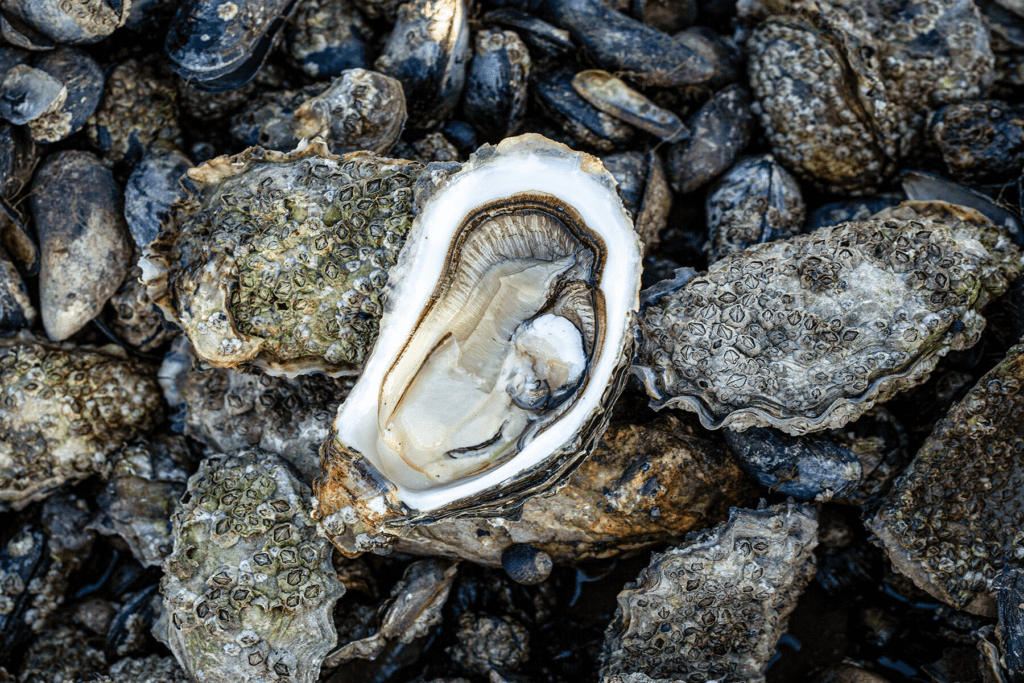
Oyster Shells
Oyster shells are irregular and rough, reflecting the conditions of their environment. They vary greatly in size and shape but are generally thick and highly calcified, providing protection and structural support. Oysters can attach to surfaces and each other, forming reefs that are beneficial to many marine species.
7. Clams: The Buried Treasure
Clams are similar to oysters but spend most of their lives buried in the sand of the ocean floor. With a diet of plankton and other small particles, they filter the water just like oysters. Their shells can vary wildly in size and shape, each adapted to its unique lifestyle.
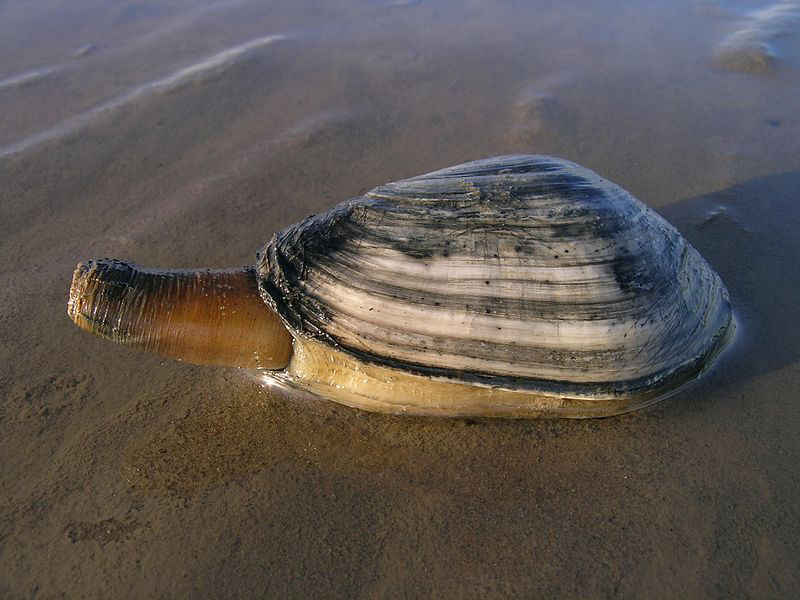
Clam Shells
Clamshells are also bivalves, typically more rounded and less varied in color than scallops. They can be thick or thin, depending on the species, and are tightly joined by strong muscles that keep the clam safe from predators. The smooth, often shiny interior of the shell, known as nacre, is a defense against parasites and debris.
8. Mussels: The Strong Clingers
Mussels have a superpower—they produce strong threads called byssal threads that help them cling to rocks and other surfaces in fast-moving waters. This ability to hold on tight keeps them safe in challenging environments where other creatures might wash away.
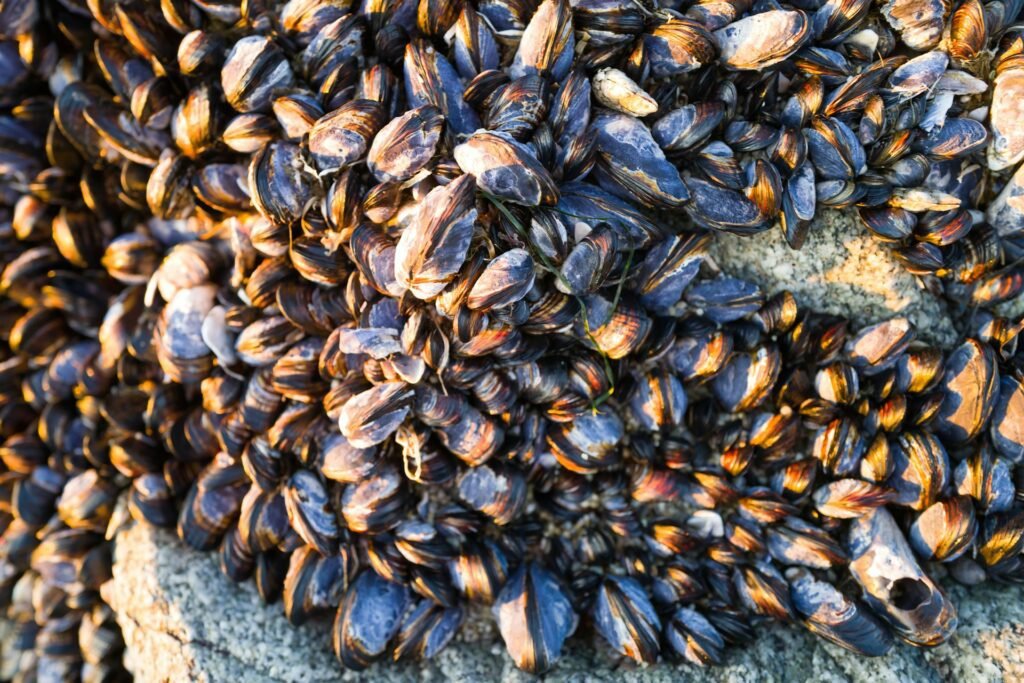
Mussel Shells
Mussel shells are elongated and smooth with a blue, black, or brown outer surface and a silvery interior. They are thinner than oyster shells but are designed to be strong against the pull of currents. The byssal threads, or ‘beard,’ help mussels anchor to solid surfaces in their wave-swept environments.
9. Barnacles: The Sturdy Settlers
Last but certainly not least, barnacles. These are not the moving type; once they find a spot they like, they stick to it for good. Their shells are tough and can withstand tremendous pressure, making barnacles one of the most durable creatures in the sea.
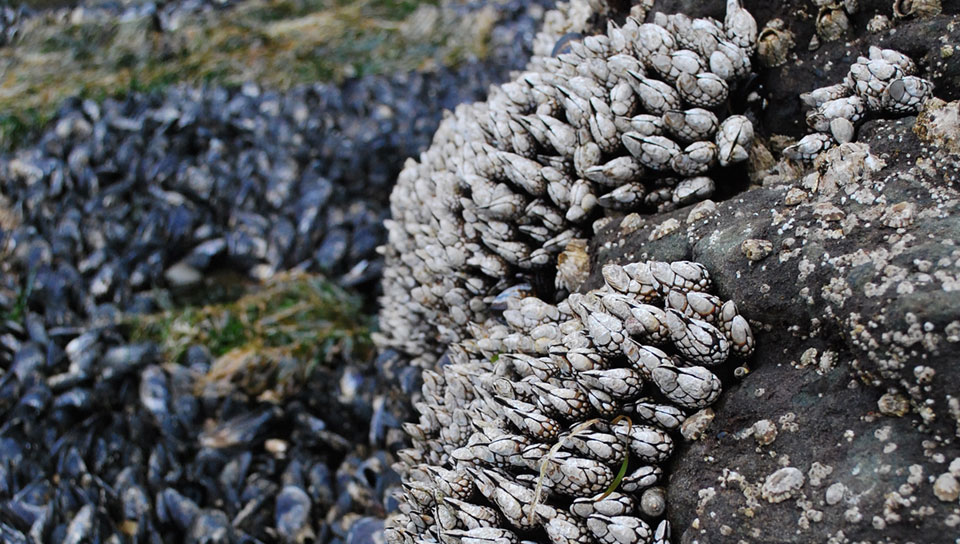
Barnacle Shells
Barnacles develop a completely different form of shell, consisting of several hard, calcareous plates that encircle and protect them. These plates can open slightly to allow the barnacle to feed on plankton with its feathery appendages and close tightly to protect against predators and drying out during low tide.
Conclusion
Aren’t these shelled animals just amazing? Each one plays a critical role in its ecosystem, whether it’s filtering water, being part of the food chain, or adding beauty to the marine world. We need to protect their habitats and ensure that the ocean remains a safe home for them. What can you do to help preserve these wonderful creatures and their homes?
